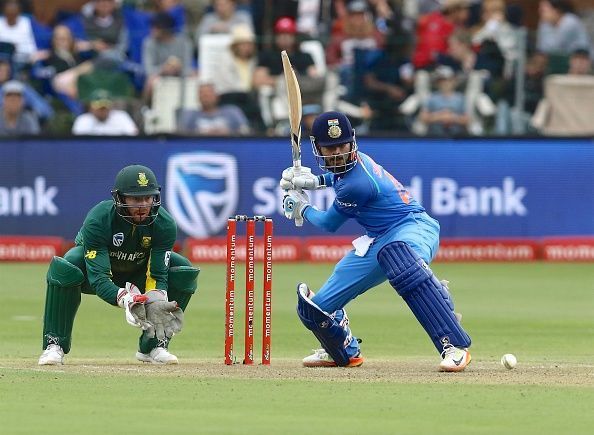
India's search for a No. 4 batsman: Why Shreyas Iyer would be a good fit
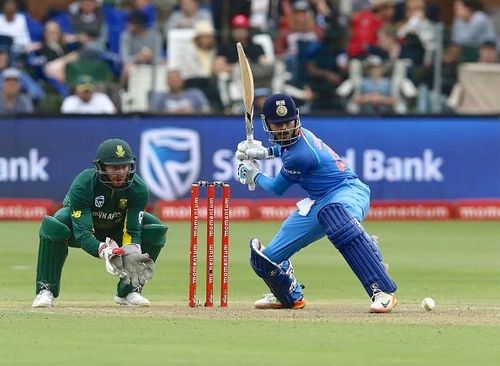
The Number 4 position in one-day cricket is a tricky one. It marks the end of the top order and the beginning of the middle order. Someone batting at two-down could find himself in at 5-2 when the ball is still new, or when the score is 160-2 after say 30 overs.
The No. 4 batsman needs to be technically sound, have good judgement and also have the ability to rotate the strike well during the middle overs or the second power play. He should act as an accumulator while also being aggressive.
In short, he is supposed to take very little time to settle down and get the team going, needs to be flexible and should have the temperament to bat according to the situation. The demands for the position are quite big.
India has had various greats at Number 4 during the past 20 years - Mohammed Azharuddin essayed the role a few times and so did Ajay Jadeja. Sourav Ganguly did bat at No. 4 quite a few times after Virender Sehwag was promoted to open.
Sachin Tendulkar too batted at No. 4 on occasion, even though the entire country knew that he was better off opening the batting. Rahul Dravid and VVS Laxman were experts against spin and medium pacers and were deemed to be very successful.
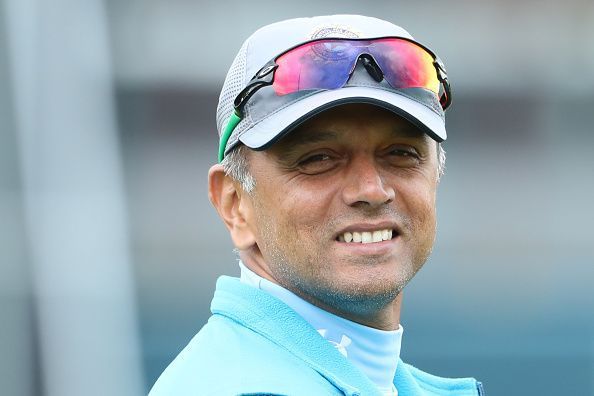
Those were the days when the first 15 overs provided a license for the openers to maximize the benefits of the fielding restrictions by going for big hits. Also, the use of a single ball throughout the innings meant that wear and turn and reverse swing towards the end of the innings were more pronounced. The overall strategy was different; scores in excess of 350 were absolute rarities, and 280-300 was usually considered enough.
As the rules changed and the ICC experimented with Super Sub, multiple powerplays, powerplays to be chosen by batting team and a change of ball after 34 overs, plans and strategies evolved accordingly. The concept of ‘floaters’ or batsmen who could bat anywhere from No. 3 to No. 7 and play according to the situation - a phrase which basically means can accelerate the scoring whenever required, came to the fore. It looked as though the No. 4 position was losing its importance.
More recent changes have resulted in a steady pattern of powerplays and two different balls being used from either end. This is believed to have affected the spinners to a certain extent as they get to operate with a ball only half as old as the innings. With shorter boundaries and docile pitches, the relevance of middle order batsmen has reduced further.
But the 2019 World Cup was a revelation of sorts as it turned around a lot of perceptions. It also revealed India’s big weakness in the middle order.
The pitches in England were thought to be favorable to batting and even 400 plus scores were believed to be possible on a regular basis. What actually happened was totally different - 300 proved to be defensible. Whether that was because of the rain or because the pitches were prepared so is a separate discussion for another day.
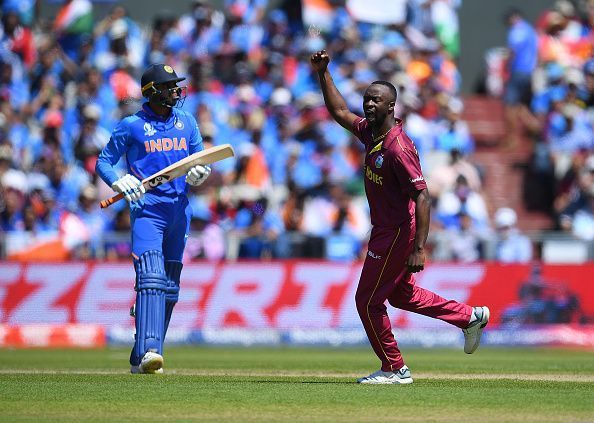
India tried KL Rahul, Vijay Shankar and Rishabh Pant at No. 4 in the World Cup. Rahul and Shankar could not continue there because of injuries to others/themselves, but Pant showed promise - although it remains to be seen whether he can curb his natural instincts and bat for long periods.
After the semifinal loss to New Zealand, Ravi Shastri came out in the open and said a good No. 4 batsman was missed. So the question has to be asked: what were the team management, the support staff and the selectors doing before the World Cup, when there were ample opportunities for testing players out?
Ambati Rayudu was widely expected to bat at No. 4 in the World Cup but he fell out of favor before the tournament and Vijay Shankar / KL Rahul were asked to bat there instead. Rahul showed promise but the injury to Shikhar Dhawan meant that he had to open, and Shankar came in.
During his 41-ball 29 against Afghanistan, Shankar looked comfortable at the crease. And while his shot selection was questioned, it was conveniently forgotten that he also needs time to settle down into a batting slot and that the World Cup was not an ideal tournament for such trials.
India’s strong top order and Rohit Sharma’s form covered up most of the middle order issues but it was in the semifinal that the team was really exposed for the first and sadly the last time in the tournament. Sure, the Indians batted on the reserve day on a pitch which looked more vicious compared to the previous day, but that was just an excuse - something that champion sides should not have room for.
Now that the selectors are looking towards the future, Shreyas Iyer seems to be one of the front-runners for the No. 4 batting slot and appears to be a safe bet. He has scored heavily in IPL, Ranji Trophy and in List A cricket too. Though he might be vulnerable at first on bowling-friendly surfaces, the fact that he has age and time to correct his flaws means that he could well turn into a dependable batsman.
Iyer averages more than 50 in first-class matches and more than 40 in List A - which are impressive numbers by any standard.
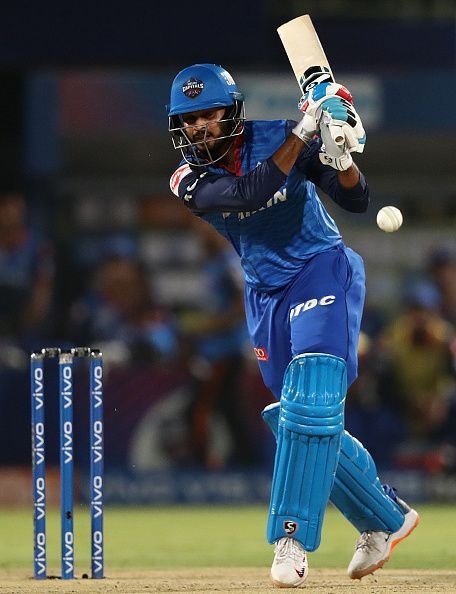
Above all, he has showcased his leadership skills quite a few times for various teams, including Delhi Capitals in the IPL. While MS Dhoni appears to be at the fag end of his career, Rohit Sharma and Virat Kohli are likely to lead the team across formats for a few more years to come. Grooming someone like Iyer, who could become an asset, would not be a bad idea.
Shankar could come back after he recovers from his injury and looks a better option at perhaps No. 5 with Hardik Pandya and Rishabh Pant to follow. There are a few others like Manish Pandey knocking on the door too.
Overall, a settled middle order with specialists at crucial positions would augur well for India.